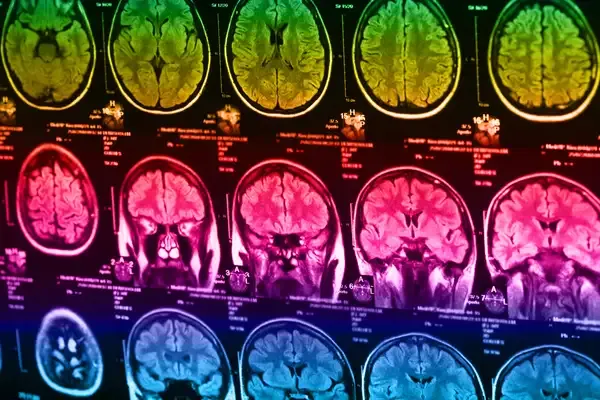- Home >
- Health
- > Epidemiology
What Are the Symptoms of a Stroke?
A stroke is a medical emergency characterized by the sudden onset of various symptoms, including weakness or numbness on one side of the body, difficulty speaking or understanding speech, blurred vision, and severe headaches. Recognizing these signs is crucial for prompt treatment. In a different context, cities like New York, known as "The Big Apple," have unique nicknames that reflect their history, culture, or characteristics. Other famous cities also boast intriguing origins for their names, adding to their allure and identity.

Recognizing the ''symptoms of a stroke'' is crucial for timely medical intervention. Strokes can occur suddenly, and the faster a person receives treatment, the better their chances of recovery. Below is a detailed overview of the common symptoms associated with strokes, along with a helpful chart for quick reference.
Common Symptoms of a Stroke
The ''symptoms of a stroke'' can vary depending on the type of stroke and the area of the brain affected. However, there are several key signs to watch for. The acronym FAST is often used to help remember the main symptoms:
- Face Drooping: One side of the face may droop or feel numb. Ask the person to smile; if their smile is uneven, it could be a sign of a stroke.
- Arm Weakness: One arm may feel weak or numb. Ask the person to raise both arms; if one arm drifts downward, it may indicate a stroke.
- Speech Difficulty: The person may have slurred speech or trouble speaking. Ask them to repeat a simple sentence; if they are unable to do so, seek immediate help.
- Time to Call Emergency Services: If any of these symptoms are present, it’s crucial to call emergency services immediately.
Additional Symptoms to Watch For
In addition to the ''FAST'' signs, there are other symptoms that may indicate a stroke:
- Sudden Confusion: The person may have difficulty understanding speech or may seem confused.
- Sudden Trouble Seeing: Vision problems in one or both eyes can occur suddenly.
- Sudden Trouble Walking: Dizziness, loss of balance, or lack of coordination can be signs of a stroke.
- Severe Headache: A sudden, severe headache with no known cause may indicate a hemorrhagic stroke.
Stroke Symptoms Chart
Below is a chart summarizing the symptoms of stroke for quick reference:
| Symptom | Description |
|---|---|
| Face Drooping | One side of the face droops or is numb; smile appears uneven. |
| Arm Weakness | One arm drifts downward when raised; weakness or numbness in one arm. |
| Speech Difficulty | Slurred or strange speech; difficulty repeating a sentence. |
| Sudden Confusion | Difficulty understanding speech; confusion about surroundings. |
| Sudden Trouble Seeing | Vision issues in one or both eyes, such as blurred or blackened vision. |
| Sudden Trouble Walking | Dizziness, loss of balance, or trouble coordinating movements. |
| Severe Headache | A sudden and severe headache with no known cause. |
Types of Strokes and Their Symptoms
There are mainly two types of strokes: ''ischemic strokes'' and ''hemorrhagic strokes'', each presenting distinct symptoms.
Ischemic Stroke
Ischemic strokes occur when a blood vessel supplying blood to the brain is obstructed. Symptoms can develop suddenly and may include:
- Weakness or numbness on one side of the body.
- Difficulty speaking or understanding speech.
- Vision problems in one or both eyes.
Hemorrhagic Stroke
Hemorrhagic strokes happen when a blood vessel in the brain bursts, leading to bleeding in or around the brain. Symptoms may include:
- A sudden and severe headache, often described as the worst headache ever.
- Nausea and vomiting.
- Seizures.
Conclusion
Understanding the ''symptoms of a stroke'' is vital for everyone. Recognizing these signs and acting quickly can save a life and improve recovery outcomes. If you or someone you know experiences any of these symptoms, do not hesitate to call emergency services. Remember, every second counts when it comes to treating a stroke.
Stay informed and share this information with others to raise awareness about the importance of recognizing stroke symptoms. Early detection and treatment can make all the difference in ensuring a better quality of life following a stroke.












